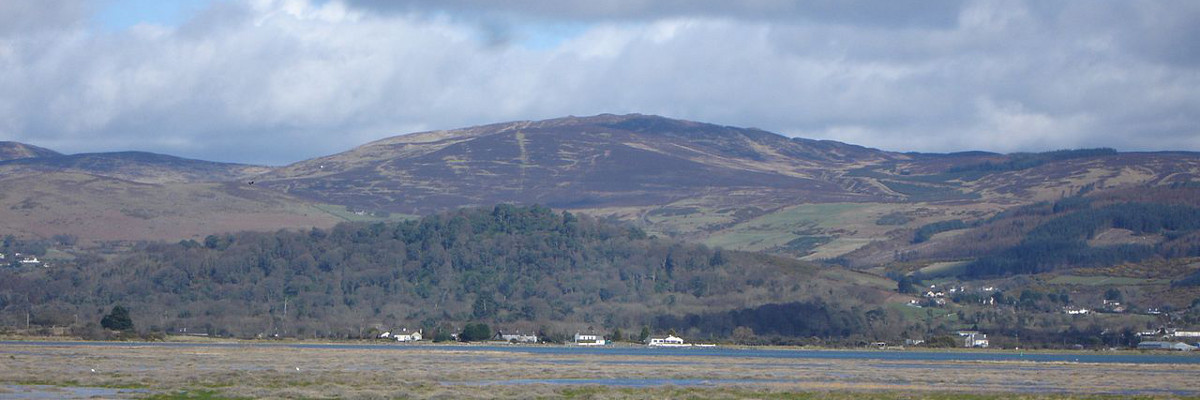

This was a naval encampment which allowed Vikings to stay in Ireland for longer periods through harsh winters they could repair and prepare their fleets they had both military and trading purposes. In 841 the first Viking longphort was established in Dublin (one was also built in Annagassan in Co. The huge number of artefacts and burials discovered here in Dublin attest to this. It became the earliest, largest and most enduring Norse kingdom in all of Europe.

The Kingdom of Dublin was established in 839, and Turgesius was its first king. The Irish climate was relatively mild and there was access to vast forests- a valuable resource with which to repair their sturdy ships. Attracted to the deep waters of the peat-basined river, it was an ideal shelter for the warriors from the often stormy Northern seas. ISBN 9781788551373.In 837 the arrival on the Liffey of the large fleet of Viking longships signalled a change in Viking Age Ireland. Earthing the Myths: The Myths, Legends and Early History of Ireland. Longford stands on a fording point of the Camlin River though the town's name does not derive from its position on a ford, but comes from the Irish Longphort, meaning fortress or stronghold ^ Gearty, Sarah Morris, Martin O'Ferrall, Fergus (2010).The Northern Conquest: Vikings in Britain and Ireland. The Vikings in Ireland: Settlement, Trade, and Urbanization. The town and county of Longford are anglicisations of the Irish equivalent "longfort", referring to a fortress or fortified house. This may suggest that at some point in history there may have been a longphort situated there, as is attested in some examples. There are several towns and townlands in Ireland whose names bear some element of Longphort in them.
#Longphort house plus
This compound word was likely coined by Irish monks from the Latin word "longus" (long) reflecting the Old Norse "lang" (long), thus implying "langskip" (long ship) plus the Latin "portus", meaning port, harbour. The term longphort, or longphuit in Irish as seen in the annals, literally translates to “ship camp”. Many camps along river banks and lakes did not last long, however, some only as little as one or two seasons, but others such as Dublin developed into large urban centers, as did the other significant Norse settlements at Cork, Waterford, Woodstown (in Waterford), Wexford and Limerick which remain the largest urban centers in Ireland today. It also describes new Viking settlements established at Waterford in 914 and Limerick in 922 possibly by the Uí Ímair. Bertin with the establishment of Viking encampments at Linn Duachaill and Dublin. The word was first used in the 840s in the Irish account of The Annals of Ulster and in the Frankish account in the Annals of St. Overall, the longphort settlements were essential in establishing the presence of the Vikings in Ireland during the ninth and tenth centuries. During this time, the Vikings were able to begin a period of extremely profitable trade. Archeological evidence shows that imports and exports included textiles, animal skins, amber, and glass from England. For example, it is clear that the earliest settlements became major trading centers throughout Ireland. Longphorts were essential to the economic prosperity of the Vikings. It can be assumed that the purpose of these sites was to ease travel and trade within the region. These camps would be of great importance to the Vikings during their raids of Ireland, which included attacks on many churches and monasteries located on the coast. The sites were easily defended, sheltered, and gave immediate access to the sea. These camps were fortified areas along rivers, usually at a tributary where both sides were protected such that the Vikings could port ships. The reason it cannot be assumed that longphorts were solely for military purposes as that would assume that there were always large numbers of Vikings at these settlements, which is not true. Although these longphorts were used as bases for Viking raids, the term had additional meanings and these sites had multiple purposes. longphuirt) is a term used in Ireland for a Viking ship enclosure or shore fortress.


 0 kommentar(er)
0 kommentar(er)
